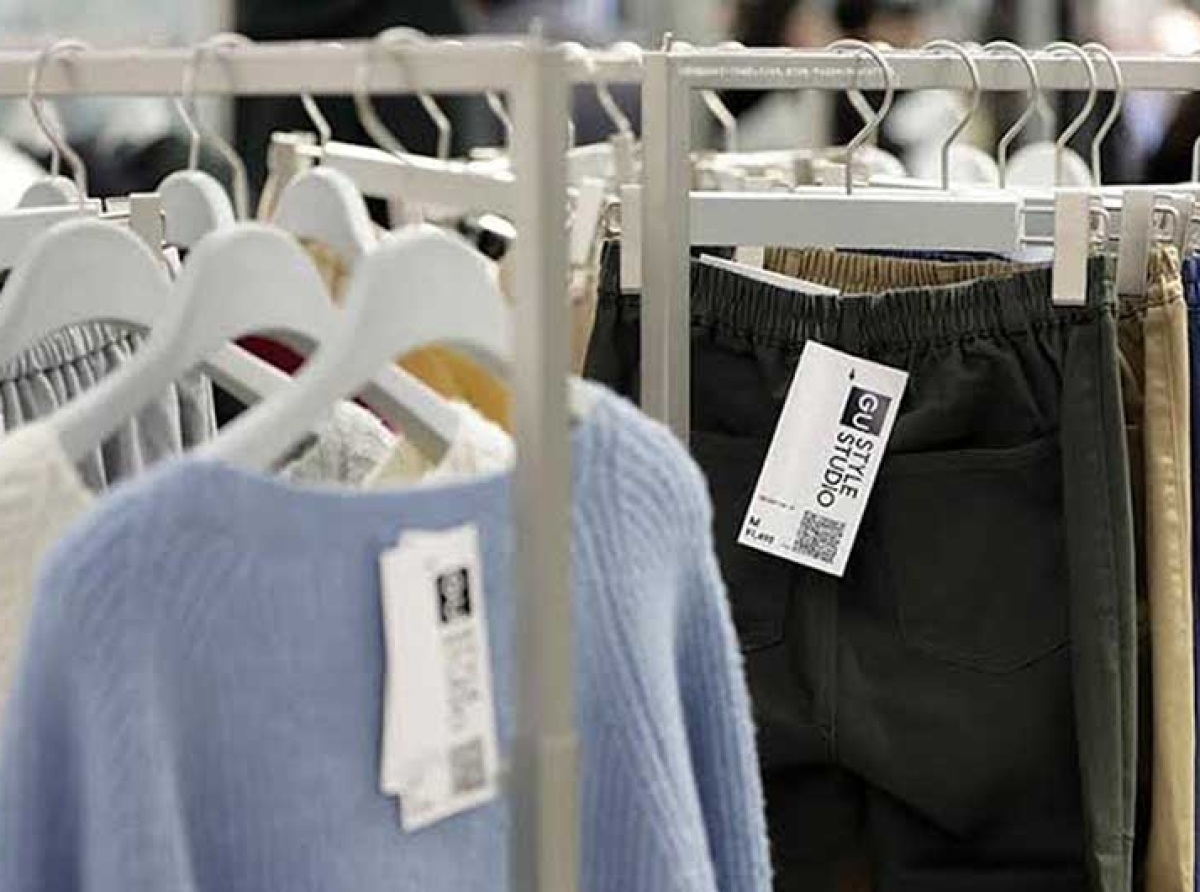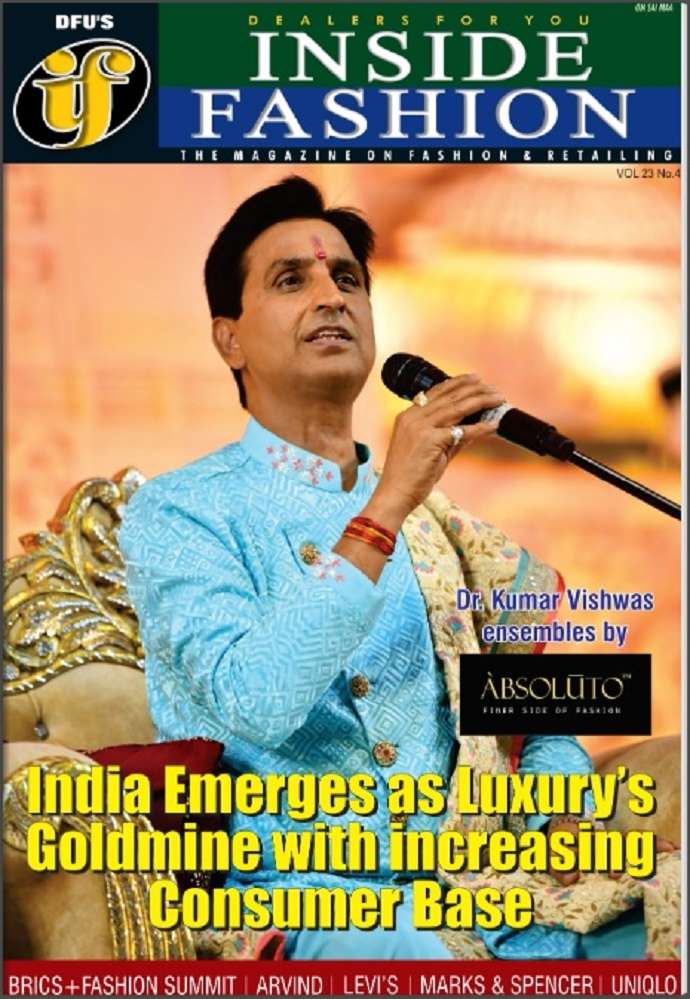The Slow Fashion Winner: How Fabindia is outpacing fast fashion giants

06 August 2025, Mumbai
At a time when fashion is driven by the buzz of quick trends and even quicker turnarounds, one Indian brand has chosen a different path—a slower, more thoughtful one. While global brands like Zara and H&M struggle with excess inventory and thin margins, Fabindia, a 64-year-old homegrown company rooted in Indian craft traditions, is quietly thriving. It’s not just resisting the fast fashion tide—it’s charting its own profitable course, proving that sustainability and style can co-exist.
When the fashion industry seems to be sprinting toward an ecological and ethical cliff, Fabindia has taken a deliberate detour, embracing ‘slow fashion’—a model that values artisanship, longevity, and conscious consumption over speed and volume. And the results are speaking for themselves.
The market is shifting, Fabindia was already there
The winds are turning. The global sustainable fashion market, valued at $12.46 billion in 2024, is projected to touch $53.37 billion by 2032, growing at a CAGR of 23.1 per cent. In the Asia-Pacific, the sustainable clothing market reported a revenue of $1.6 billion in 2024 and is on track to hit $4.5 billion by 2034.
In contrast, while fast fashion continues its expansion in emerging economies like India, with a 30-40 per cent growth in 2024 and market valuation of $10 billion, its popularity is waning in developed countries. Even in India, there’s a growing chorus of consumer fatigue: people are, in the words of one frustrated shopper, sick of buying garbage that falls apart in five washes.
This backlash is creating a sweet spot for brands that are purpose-driven. Fabindia, with its legacy of craftsmanship and quality, is not only riding this wave—it helped create it.
A business model with purpose
At the heart of Fabindia’s model lies an ecosystem built around over 55,000 artisans and weavers across rural India. Organized into clusters and cooperatives, these artisans are not just supply chain nodes—they are partners. This approach ensures fair wages, employment stability, and the preservation of traditional techniques such as handloom weaving, block printing, and chikankari embroidery.
This is crucial in a country where nearly 7 million artisans, according to AIACA (All India Artisans and Craftworkers Welfare Association), often live on the brink of economic uncertainty. Fabindia’s model offers not just income—but dignity and continuity.
Crafting durability over disposability
Unlike fast fashion’s dependence on synthetic, short-lived materials, Fabindia uses natural and organic fabrics. Their garments are not trend-chasing throwaways but timeless investments. A Fabindia kurta is as much a cultural artifact as a wardrobe essential—designed to last through seasons, not just sales cycles.
What’s more Fabindia doesn’t need glitzy ad campaigns or influencer-heavy drops. Its biggest ambassadors are its customers—many of whom belong to India’s upper-middle and elite class, and are drawn to the brand’s values of tradition, sustainability, and quiet luxury. This is slow fashion's invisible moat, a loyal, value-conscious consumer base that prioritizes meaning over markdowns.
Fast fashion all about broken models, mounting costs
Fast fashion, for all its scale, is now facing a reckoning. First because of its environmental costs. Fashion is now the second-largest polluting industry globally—after oil. It guzzles water, belches carbon, and generates mountains of waste. Making one pair of jeans consumes 3,781 litres of water. Synthetic fabrics like polyester—making up 19 per cent of India’s textile waste are petroleum-based and non-biodegradable. India generates 7.7 million tonnes of textile waste annually, with over 51 per cent being post-consumer. This detritus, often comprising fast fashion discards, clogs landfills and sheds microplastics into ecosystems.
Then there is the human cost. Beneath the glitter of rapid production lies a grim reality, exploitative labor practices, abysmal wages, and unsafe conditions especially in developing nations. The 2013 Rana Plaza tragedy in Bangladesh, where over 1,100 garment workers died, is a haunting reminder of these systemic failures.
Also fast fashion's business model of high volume, low margins also breeds inefficiency. Brands like Zara and H&M regularly write off massive unsold stock. In India, H&M reported a profit of Rs 7 crore on Rs 3,278 crore revenue in FY24, while Zara made Rs 244 crore on Rs 2,769 crore—highlighting the thin margins of the high-speed model. In contrast, Fabindia’s restrained production and timeless design strategy results in leaner inventories and better working capital management.
Table: Comparaison Fabindia vs. fast fashion giants
|
Feature |
Fabindia (slow fashion) |
Fast fashion giants |
|
Production Model |
Artisan-led, handcrafted, direct sourcing |
Mass-produced, rapid turnover, trend-driven |
|
Materials |
Natural, organic, durable fabrics |
Low-quality, synthetic, non-biodegradable |
|
Inventory Mgmt. |
Lower inventory, timeless designs |
High inventory, overproduction, huge waste |
|
Customer Base |
Loyal, value-conscious, socially aware |
Trend-driven, price-sensitive |
|
Profitability |
Historically healthy margins (e.g., ~15% EBITDA in FY24), sustainable growth |
Thinner margins (4-15%), dependent on volume, inventory write-offs |
|
Marketing |
Word-of-mouth, brand reputation |
Aggressive advertising, social media campaigns |
|
Environmental Impact |
Minimal, eco-friendly practices |
Significant pollution and waste (e.g., ~7.7 million tonnes textile waste in India annually) |
|
Social Impact |
Empowers rural artisans (55,000+), fair wages |
Exploitation of labor, poor working conditions |
Fabindia’s numbers speak volumes
In FY24, Fabindia (standalone) posted Rs 1,231.91 crore in operational revenue. While it reported a loss before tax of Rs 149.66 crore, this was a recovery from Rs 1,012 crore loss in FY23, largely due to one-time provisions and broader industry headwinds.
What stands out is its EBITDA margin of 15 per cent, which, even in a tough year, outpaces many fast fashion giants whose margins often hover around 4-10 per cent. The company also reduced its inventory levels from Rs 506 crore in March 2023 to Rs 402 crore in March 2024, aided by selective discounting. Post the divestment of its subsidiary OIPL, Fabindia has also improved its financial risk profile and is now focused on retiring outstanding debt.
An this isn’t just Fabindia’s story, it’s a broader shift in consumer mindset. According to a 2024 PwC survey, Indian consumers are willing to pay up to 9.7 per cent more for ethically and sustainably produced goods. India’s sustainable fashion market, now worth Rs 1,03,750 crore, is no longer a niche rather it’s a movement.
Making money by solving problems
Thus Fabindia is not growing by accident. It is succeeding by solving real problems economic inequality, cultural erosion, environmental degradation through fashion. In doing so, it is offering a compelling alternative to an industry increasingly seen as broken. As the world searches for antidotes to overconsumption and waste, Fabindia’s unhurried revolution feels not just timely, but timeless.
























